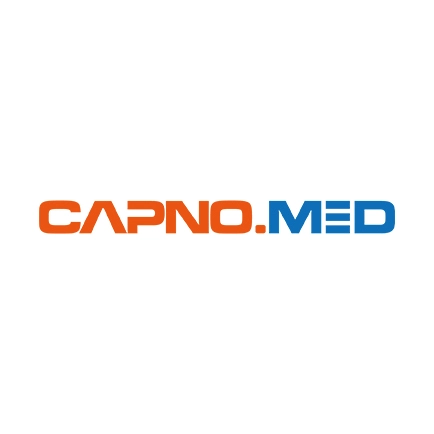1. CAPNOMED’s EtCO2 Monitor: Precision Monitoring, Real-Time Feedback
In the medical field, precise monitoring of a patient’s respiratory condition is crucial. CAPNOMED’s EtCO2 Monitor is a powerful tool designed to do just that, providing real-time monitoring of a patient’s respiratory status and offering accurate data support for medical professionals.
The EtCO2 Monitor is a non-invasive monitoring device that measures the concentration of carbon dioxide exhaled by a patient in real-time. This is vital for assessing a patient’s respiratory function and circulatory status. CAPNOMED’s EtCO2 Monitor utilizes advanced infrared spectroscopy technology, providing real-time, accurate measurements of exhaled carbon dioxide concentration, offering critical clinical decision-making support.
2. CAPNOMED’s EtCO2 Sensor: Precision Engineering, Efficient Stability
CAPNOMED’s EtCO2 Sensor is an efficient and stable sensor capable of accurately measuring the concentration of exhaled carbon dioxide. This sensor also employs advanced infrared spectroscopy technology, providing real-time, accurate measurements of exhaled carbon dioxide concentration.
The EtCO2 Sensor is compact in design, easy to install, and adaptable to various complex clinical environments. It has a long lifespan and stable performance, maintaining efficient operation over extended periods of use. The precision engineering and efficient stability of this sensor have earned it widespread recognition and praise globally.
3. CAPNOMED: The Perfect Blend of Practicality and Innovation
CAPNOMED’s EtCO2 Monitor and EtCO2 Sensor represent the perfect blend of practicality and innovation. They not only provide accurate data to aid medical professionals in making correct clinical decisions but also boast a compact design, easy installation, long lifespan, and stable performance, making them adaptable to various complex clinical environments.
CAPNOMED is committed to technological innovation and customer satisfaction, striving to provide high-quality products and services to medical institutions worldwide. Whether it’s the EtCO2 Monitor or the EtCO2 Sensor, CAPNOMED is a trustworthy choice.
In conclusion, CAPNOMED’s EtCO2 Monitor and EtCO2 Sensor are essential tools in the medical field. Their presence allows medical professionals to monitor a patient’s respiratory status more accurately, providing better medical services to patients.
 English
English










